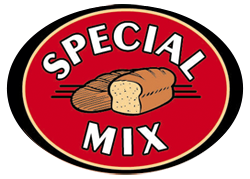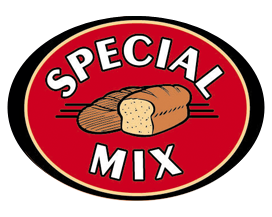http://www.healthline.com/health/soluble-vs-insoluble-fiber
Newsletter
What is the difference between soluble and insoluble fibers?
Soluble against insoluble fibers
Fiber is the part of most plant foods that passes through your digestive system without being broken down or digested. There are two types of fibers: soluble and insoluble fibers.
Soluble fibers dissolve in water and include vegetable pectins and gums. Insoluble fibers do not dissolve in water. Includes vegetable cellulose and hemicellulose.
Most plants contain both soluble and insoluble fiber, but in varying amounts. Fiber is an important part of a healthy diet and supports many different body systems.
Read below to learn more about the differences, advantages and disadvantages between soluble and insoluble fibers.
Benefits
Benefits of every type of fiber
Soluble and insoluble fibers have unique benefits.
As the soluble fibers dissolve, it creates a gel that can improve digestion in a number of ways. Soluble fiber can lower cholesterol and blood sugar. It helps your body improve blood glucose control, which can help reduce your risk of diabetes.
Insoluble fibers attract water to your stool, making it softer and easier to pass with less pressure on the gut. Insoluble fiber can help promote gut health and normalcy. It also supports insulin sensitivity and, like soluble fiber, can help reduce the risk of diabetes.
Fiber can do a lot to support gut health, which researchers are increasingly learning plays a role in many health issues throughout your body. The right amount of total dietary fiber can:
body weight control
controlling and possibly preventing hypertension
help balance blood cholesterol levels
regulate bowel movements and prevent hemorrhoids
regulation of blood sugar
adjust your body's saturation signals, which let you know when you're full
lower risk of colon cancer
lower risk of breast cancer
lower risk of diabetes
require more chewing, which slows down your meals and aids digestion
You knew that?
Increasing your dietary fiber intake from two servings of whole grains each day can reduce your risk of type 2 diabetes by 21%.
DANGERS
Dangers of getting too much fiber
Too much fiber can cause gas, pain and bloating. Talk to your doctor if you experience these side effects. It is very likely that you are consuming less fiber than you need, however, no more.
If you want to increase your fiber intake, it is important to increase your doses slowly. To see all the benefits of consuming fiber, you also need to make sure that you drink enough water every day.
RECOMMENDATIONS
Fiber recommendations
Fiber is a natural and important part of a balanced diet. It is estimated that people in the United States get less than half the recommended amount of fiber each day. Learn more about the recommended daily allowance of fiber.
Here are some recommendations for your total dietary fiber, which includes both soluble and insoluble formulas:
men aged 50 and under
38 grams per day
women aged 50 and under
25 grams per day
men, over 50 years
30 grams per day
women over 50 years
21 grams per day
You can increase your daily fiber intake by eating a variety of fruits, vegetables, legumes and seeds. Here are some examples of foods you can eat to increase your fiber intake:
1 slice of wholemeal bread has about 3 grams of fiber
1 cup of cooked oatmeal has about 4 grams of fiber
1 cup of cooked black beans has about 15 grams of fiber
Powder supplements and pills may be necessary, but real food is preferable because it will also give you the vitamins and nutrients you need to complete your diet. Talk to your doctor before using supplements.
Here are some tips to keep in mind when choosing dietary fiber foods:
Canned and processed foods have less fiber than
Foods with added fiber may have "chicory root" or "inulin" listed in the ingredient list.
Plants have varying levels of insoluble and soluble fiber, so it is important to eat a wide variety of fruits, vegetables and seeds to get the benefits of both types of fiber.
Consult a pediatrician before giving your child fiber supplements, as they could be a habit.




